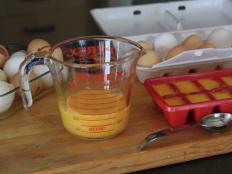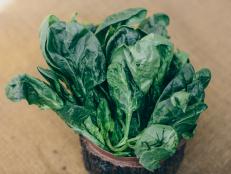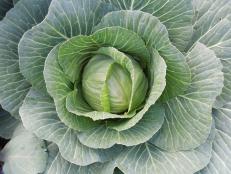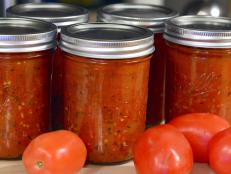Can You Freeze Celery?
Home-grown celery has a bold flavor that’s tough to beat. Preserve that tangy flavor by freezing celery—we’ll explain how.
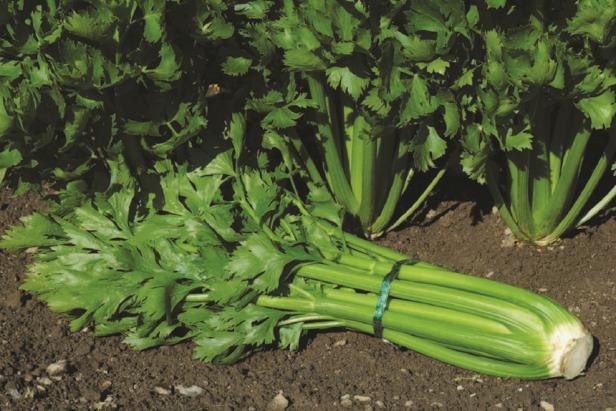
Johnny’s Selected Seeds
Celery adds a flavorful crunch to any dish when used fresh. But unless you’re making a vat of potato salad or crudités for a crowd, you only use a little and stash the rest in the veggie drawer. Did you ever wonder if you can freeze celery? You can, and the results bring celery’s wonderful flavor to a host of family favorites, like soups, stews, and stir fries.
Before freezing celery, it’s important to understand that the result won’t be the crunchy vegetable you love nibbling in chicken salad. Celery is mostly water, and the freezing process ruptures cell walls, resulting in a limp, mushy product. Frozen celery works fabulously in things like casseroles, sauces, stock, and other hot concoctions. You can also use it as an aromatic with soups, broths for cooking rice, or roasts, tossing after cooking. For these uses, freeze celery in larger chunks that you can easily retrieve from dishes.
To freeze celery, you don’t have to blanch first, although blanching does result in a more flavorful outcome that lasts up to a year. If you don’t blanch, plan to eat your celery within a few months. Blanch celery stalks for 3 minutes before cooling and packing into freezer bags or containers. Chop celery into 1-inch chunks before blanching.
Freeze Vegetables From Your Garden
See All PhotosWhether or not you’re blanching, consider flash freezing individual pieces of celery on a parchment-lined tray before packing into bags. Flash freezing gives you the option of grabbing just a handful of celery to add to dishes.
Some cooks like to freeze celery, coarsely chopped, in muffin tins or finely chopped in ice cube trays. After the celery freezes into a solid chunk, they pop the chunk into freezer bags. With this method, toss a frozen celery chunk into your dish and let it thaw as it cooks.
You can also sautee celery pieces—stalks and leaves—in olive oil before freezing. For a more flavorful option, sautée celery, garlic, onions, and parsley, then puree in a food processor. Freeze in ice cube trays and add to sauces, soups, and skillet dishes for a savory treat.
Fresh, farm-grown celery has an outstanding, stronger flavor and color than its pale supermarket cousin. Look for fresh celery at farm stands and farmers’ markets in fall. These bunches frequently feature thinner stalks and lots of leaves, but the flavor is so much greater that you won’t be disappointed. Use as much as you need fresh, and freeze the rest.
Be sure to wash these stems well because dirt hides deep inside the clump. Start the cleaning process by cutting all stems free of the base and running water down through the clump. Freeze celery leaves along with the stalks, or dry leaves in a parchment-lined box lid.
To freeze celery leaves solo, roll them into a cigar shape that fits snugly in the base of a freezer bag. Roll up the bag tightly, securing the ends with rubber bands or binder clips. To use, pull the cigar from the bag and slice off what you need. Re-freeze the remainder.
How to Freeze Vegetables
Learn methods for freezing vegetables so you can have fresh taste long after the growing season ends.







